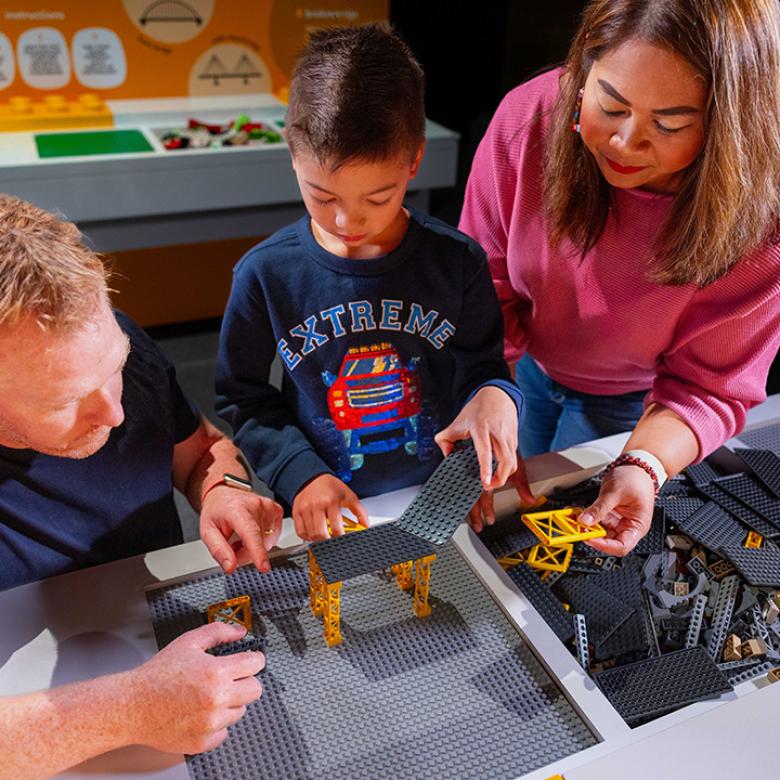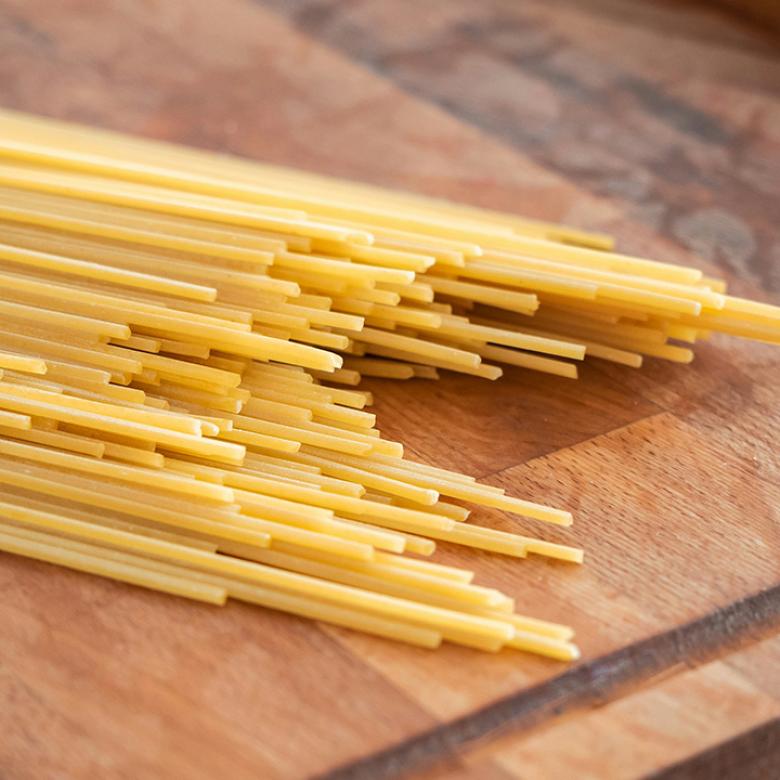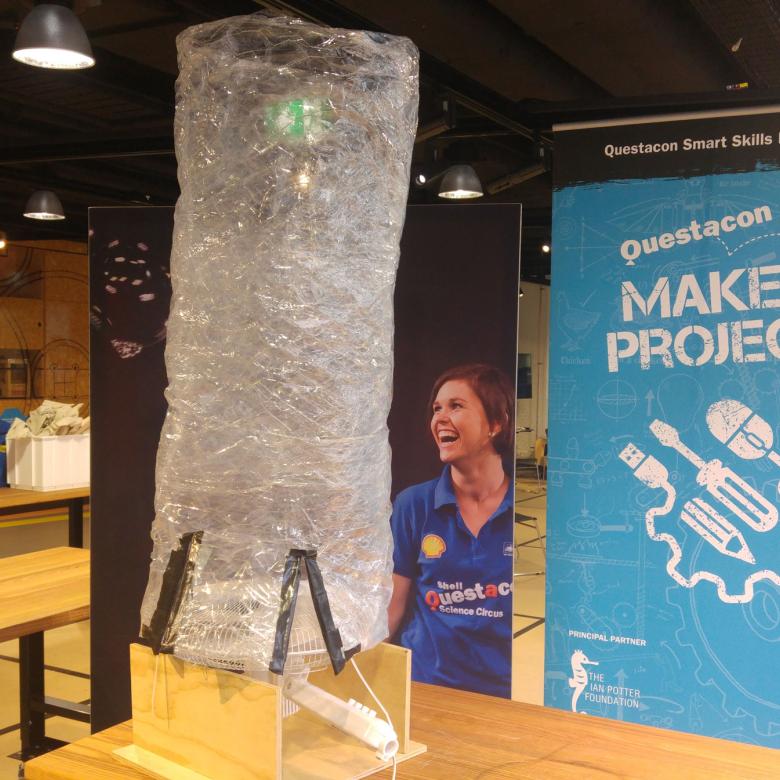You’ll need
- One or more small trays or bowls
- Some warm water
- A teaspoon
- Table salt
- A nail (approximately 3 mm diameter)
- Several clear plastic cups
- Different types of soil, such as sand, clay and silt
What to do
- Gather your materials on a flat surface.
- Pour 1 cm of water into the tray.
- Add half a teaspoon of table salt and stir to dissolve. Keep adding salt until no more will dissolve.
- Using the nail, make a hole in the bottom of a plastic cup.
- Put 4 cm of one type of soil into the cup.
- Stand the cup in the tray of salt water.
- Make some notes about what the surface of the soil looks like. You could also take a photo.
- Do the same for your other types of soil.
- Check each cup every day until all the water has been soaked up or has evaporated. This could take a couple of weeks.
- Record how long it takes for the soil in each cup to dry out.
- Make some notes or take photos of what the surface of each soil type looks like. Compare them with how they looked before the experiment.
Questions to ask
Which soil type soaked up the water the fastest? Sand, clay or silt?
Why do you think some soaked up water better than others?
What happened to the water?
What happened to the salt?
What's happening
Over time the salt water is drawn up through the soil by a process called capillary action. When the water reaches the top of the soil it evaporates, leaving the salt behind. The salt appears as crystals on the surface of the soil.
Salt is a natural part of the environment, found in rocks and groundwater. Salt becomes a problem when too much is drawn up into the soil or washed into river systems. A build-up of salt in soils and rivers is called salinity.
Salt can be drawn up into the soil when groundwater rises. Plants with roots that go deep into the ground use groundwater, which keeps the groundwater level low. When these plants are removed or replaced with plants that only have shallow roots that spread out not far below the surface of the ground, groundwater levels can rise. Watering farmland is called irrigating and can also cause groundwater to rise because more water soaks into the ground. Groundwater that reaches the surface evaporates, leaving salt behind. Most plants will die if there is too much salt in the soil. The land may become lifeless and unusable.
Treating areas affected by salt takes many years, and the worst affected areas may never fully recover. Salinity is a growing problem all over Australia. One of the worst affected area is the Murray–Darling Basin. It covers a vast area, including parts of Queensland, New South Wales, the Australian Capital Territory, Victoria and South Australia. This area is extremely valuable to Australia, because it is where we grow a lot of our food. A lot of regeneration is underway, including salt-tolerant tree planting, groundwater pumping and irrigation drainage. To find out more, visit the Murray–Darling Basin Authority website.
Did you know
One of the ways to treat salinity is to pump up groundwater into big pools. The water evaporates, leaving behind a layer of salt. This salt is then processed and used to put in or on your food!






